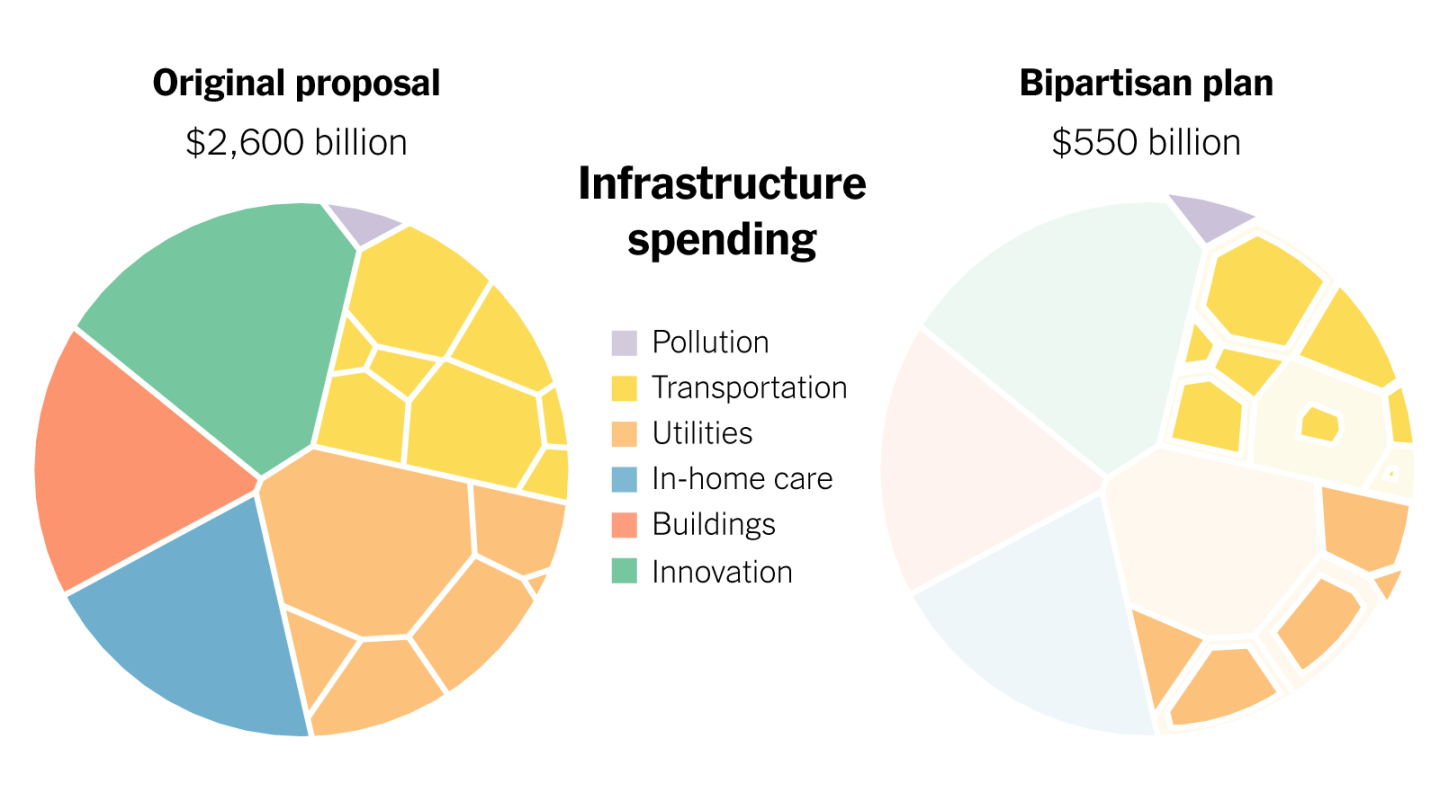Infrastructure Spending Plans: Everything You Need to Know

Introduction
Infrastructure spending plans are crucial documents that outline how governments allocate funds for the development, maintenance, and improvement of critical infrastructure assets. These assets form the backbone of a nation’s economy, enabling the efficient movement of goods and people, the provision of essential services, and the creation of a conducive environment for business growth and innovation.
What is an Infrastructure Spending Plan?
An infrastructure spending plan is a comprehensive roadmap that outlines a government’s strategy for investing in infrastructure over a specified period, typically ranging from five to ten years. It identifies the specific infrastructure projects that will be undertaken, the estimated costs of each project, and the funding sources that will be utilized. The plan also establishes timelines for project completion and performance metrics for evaluating the success of the investments.
Purpose of Infrastructure Spending Plans
Infrastructure spending plans serve several critical purposes:
1. Strategic Planning: They provide a framework for making informed decisions about infrastructure investments, ensuring that resources are allocated in a way that maximizes economic and social benefits.
2. Prioritization and Coordination: They prioritize infrastructure projects based on their urgency, importance, and potential impact, ensuring that critical needs are addressed first. They also coordinate infrastructure investments across different government agencies and departments to avoid duplication and promote efficiency.
3. Transparency and Accountability: They enhance transparency by making public the government’s infrastructure investment plans, allowing stakeholders to track progress and hold decision-makers accountable.
4. Investor Confidence: They signal the government’s commitment to infrastructure development, fostering investor confidence and attracting private sector participation in infrastructure projects.
Components of an Infrastructure Spending Plan
Infrastructure spending plans typically include the following components:
1. Infrastructure Needs Assessment: A comprehensive assessment of the current state of infrastructure assets, identifying their condition, capacity, and projected future needs.
2. Project Prioritization: A prioritization of infrastructure projects based on their urgency, importance, and potential impact. This prioritization considers factors such as economic benefits, social impact, environmental sustainability, and safety.
3. Cost Estimation: A detailed cost estimation for each prioritized project, including construction costs, maintenance costs, and financing costs.
4. Funding Strategy: A strategy for financing the infrastructure investments, outlining the sources of funds, such as government allocations, user fees, borrowing, and public-private partnerships.
5. Project Timelines: A realistic timeline for each project, including planning, design, construction, and commissioning phases.
6. Performance Metrics: A set of performance metrics to evaluate the success of the infrastructure investments, such as economic benefits, job creation, improved traffic flow, and reduced environmental impact.
Benefits of Infrastructure Spending Plans
Infrastructure spending plans offer a multitude of benefits, including:
1. Economic Growth: Infrastructure investments stimulate economic growth by creating jobs, improving productivity, and enhancing the competitiveness of businesses.
2. Improved Quality of Life: Infrastructure investments enhance the quality of life for citizens by providing access to essential services, improving transportation networks, and promoting public safety.
3. Environmental Sustainability: Infrastructure investments can promote environmental sustainability by supporting renewable energy, improving energy efficiency, and reducing pollution.
4. Resilience to Climate Change: Infrastructure investments can strengthen a nation’s resilience to climate change by building infrastructure that can withstand extreme weather events and adapting to rising sea levels.
Examples of Infrastructure Spending Plans
Infrastructure spending plans are implemented by governments at all levels, from national to local. Here are a few examples:
1. United States: The Infrastructure Investment and Jobs Act, also known as the Bipartisan Infrastructure Law, is a landmark infrastructure spending plan that invests over $1 trillion in a range of infrastructure projects, including roads, bridges, public transit, broadband internet, and clean water systems.
2. China: The Belt and Road Initiative is a massive infrastructure development program that aims to connect China with other countries in Asia, Europe, and Africa through a network of roads, railways, ports, and pipelines.
3. India: The National Infrastructure Development Program (NIDP) is a long-term infrastructure development plan that aims to modernize India’s infrastructure across various sectors, including transportation, energy, water, and sanitation.
How to Develop an Infrastructure Spending Plan
Developing an effective infrastructure spending plan requires a collaborative and strategic approach that involves the following steps:
1. Establish a Planning Committee: Form a planning committee composed of representatives from relevant government agencies, industry experts, and community stakeholders.
2. Conduct a Needs Assessment: Conduct a comprehensive assessment of the current state of infrastructure assets, identifying their condition



